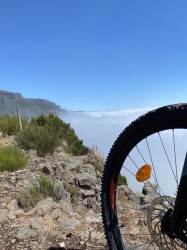BibTex format
@inproceedings{Yu:2019:10.1115/GT2019-92052,
author = {Yu, H and Jaravel, T and Ihme, M and Juniper, MP and Magri, L},
doi = {10.1115/GT2019-92052},
title = {Data assimilation and optimal calibration in nonlinear models of flame dynamics},
url = {http://dx.doi.org/10.1115/GT2019-92052},
year = {2019}
}

